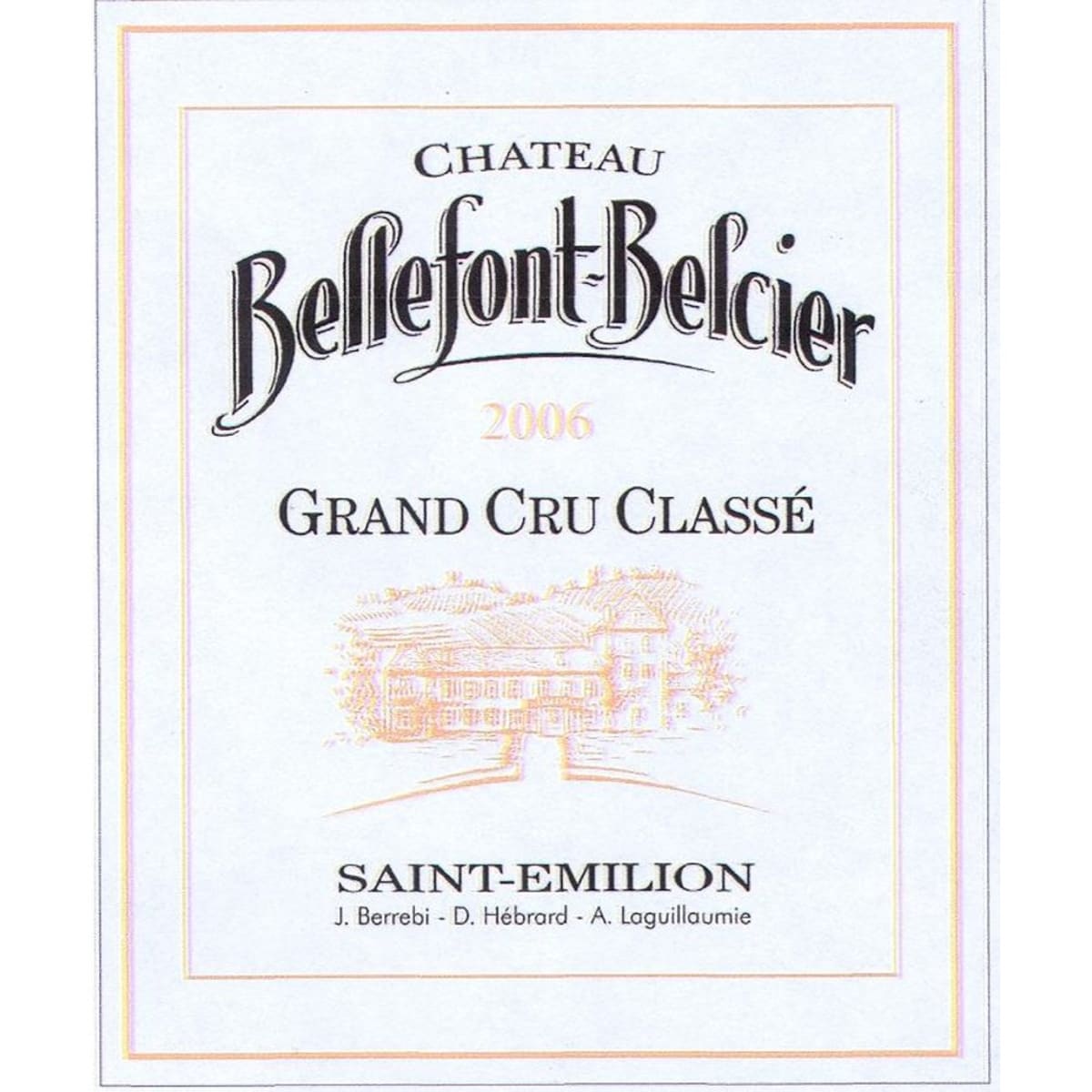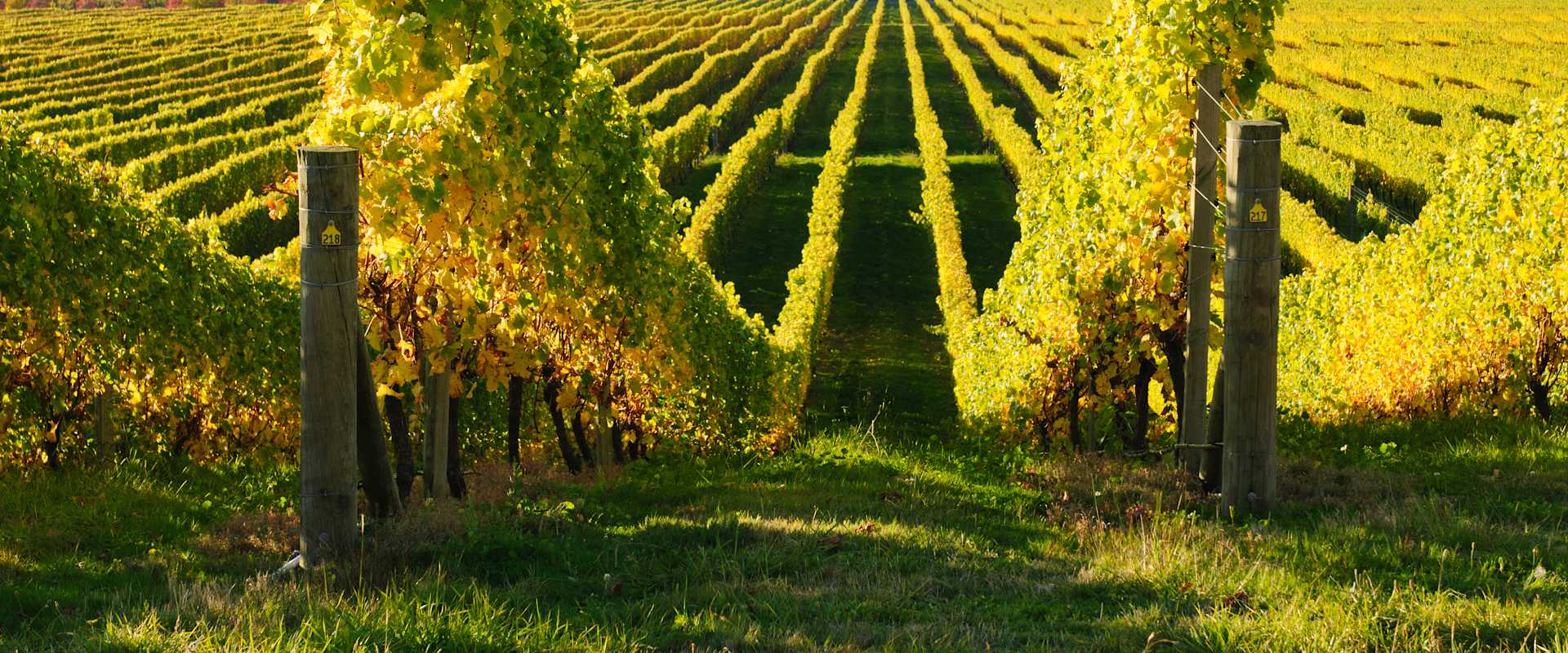Chateau Bellefont Belcier 2006
-
Robert
Parker -
James
Suckling


Product Details
Your Rating
Somm Note
Winemaker Notes
An average of 15 to 18 degrees centigrade will allow you to taste our wines in all their splendor.With age, it may well be a good idea to transfer them to a decanter so that they are slightly oxygenated. You will thus be able to admire their beautiful ruby red color
Professional Ratings
-
Robert Parker's Wine Advocate
While the dark ruby/purple-tinged 2006 may not equal the brilliance of the 2005, it is a successful effort exhibiting aromas of coffee beans, roasted herbs, black cherries, plums, and earth. With medium to full body, moderate levels of sweet tannin, and a long finish, this sleeper of the vintage should drink nicely between 2010-2020. Range: 89-91
-
James Suckling
Sweet tobacco, dried spices and leaves with red fruit on the nose. Dried beans, too. Medium-bodied with firm tannins and a savory finish. A touch dry at the end now. Drink now.
Other Vintages
2024-
James
Suckling - Vinous
-
Robert
Parker
-
James
Suckling - Decanter
-
Robert
Parker - Vinous
-
Jeb
Dunnuck
-
James
Suckling -
Robert
Parker - Decanter
-
Jeb
Dunnuck -
Wine
Spectator - Vinous
-
Robert
Parker -
James
Suckling - Decanter
-
Jeb
Dunnuck - Vinous
-
Jeb
Dunnuck -
James
Suckling - Decanter
-
Robert
Parker
-
James
Suckling -
Jeb
Dunnuck -
Wine
Enthusiast -
Robert
Parker
-
James
Suckling - Decanter
-
Jeb
Dunnuck -
Wilfred
Wong -
Robert
Parker -
Wine
Spectator
-
James
Suckling -
Jeb
Dunnuck -
Robert
Parker -
Wine
Enthusiast -
Wine
Spectator - Decanter
-
Wine
Spectator -
Robert
Parker
-
James
Suckling -
Wine
Spectator -
Robert
Parker
-
Robert
Parker -
Wine
Spectator
-
Robert
Parker

Since 1994, the vineyard and its outhouses have been considerably renovated with a view to raising the property to the status of the Great Classified Vintages of Saint-Émilion.

One of the world’s most classic and popular styles of red wine, Bordeaux-inspired blends have spread from their homeland in France to nearly every corner of the New World. Typically based on either Cabernet Sauvignon or Merlot and supported by Cabernet Franc, Malbec and Petit Verdot, the best of these are densely hued, fragrant, full of fruit and boast a structure that begs for cellar time. Somm Secret—Blends from Bordeaux are generally earthier compared to those from the New World, which tend to be fruit-dominant.

Marked by its historic fortified village—perhaps the prettiest in all of Bordeaux, the St-Émilion appellation, along with its neighboring village of Pomerol, are leaders in quality on the Right Bank of Bordeaux. These Merlot-dominant red wines (complemented by various amounts of Cabernet Franc and/or Cabernet Sauvignon) remain some of the most admired and collected wines of the world.
St-Émilion has the longest history in wine production in Bordeaux—longer than the Left Bank—dating back to an 8th century monk named Saint Émilion who became a hermit in one of the many limestone caves scattered throughout the area.
Today St-Émilion is made up of hundreds of independent farmers dedicated to the same thing: growing Merlot and Cabernet Franc (and tiny amounts of Cabernet Sauvignon). While always roughly the same blend, the wines of St-Émilion vary considerably depending on the soil upon which they are grown—and the soils do vary considerably throughout the region.
The chateaux with the highest classification (Premier Grand Cru Classés) are on gravel-rich soils or steep, clay-limestone hillsides. There are only four given the highest rank, called Premier Grand Cru Classés A (Chateau Cheval Blanc, Ausone, Angélus, Pavie) and 14 are Premier Grand Cru Classés B. Much of the rest of the vineyards in the appellation are on flatter land where the soils are a mix of gravel, sand and alluvial matter.
Great wines from St-Émilion will be deep in color, and might have characteristics of blackberry liqueur, black raspberry, licorice, chocolate, grilled meat, earth or truffles. They will be bold, layered and lush.